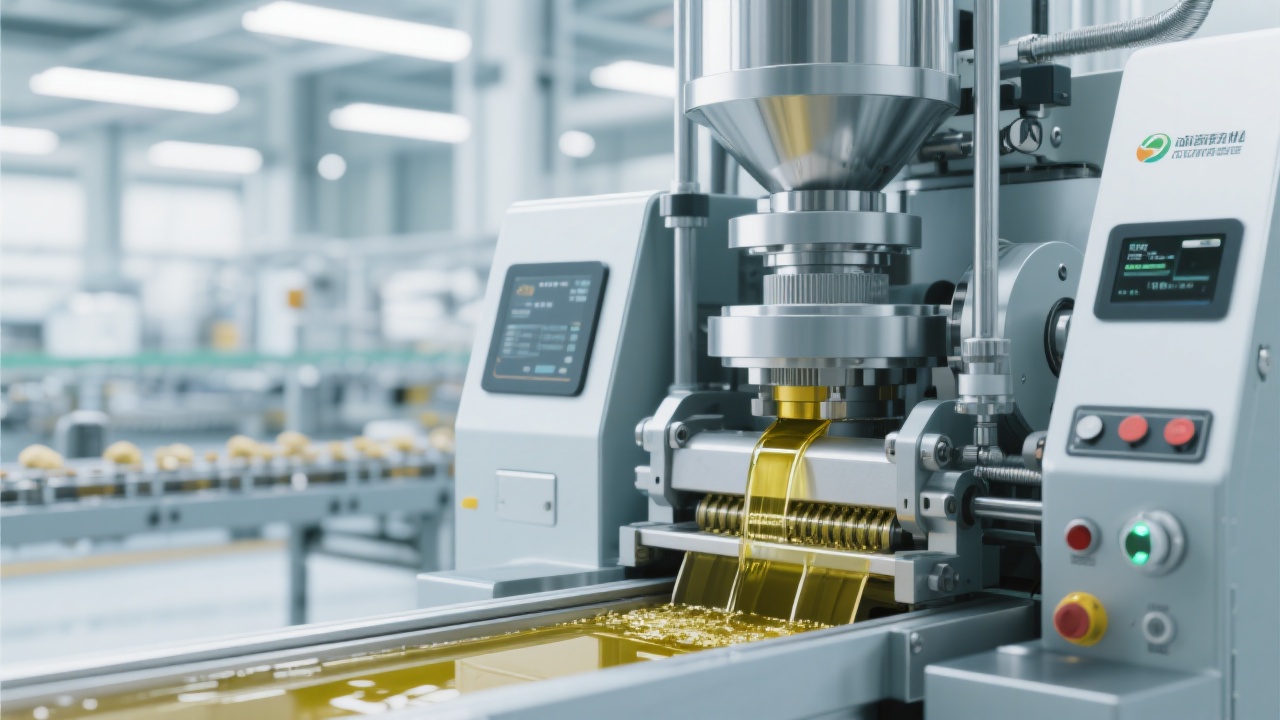
In the competitive world of vegetable oil processing, maximizing yield while maintaining purity is no longer optional—it’s essential. Based on over 15 years of field experience across Europe, Southeast Asia, and Latin America, solvent extraction has proven to be a game-changer for soybean and sunflower oil producers. Unlike traditional mechanical pressing—which typically achieves only 75–82% oil recovery—modern solvent extraction can push yields up to 92–95%, with measurable improvements in clarity, oxidative stability, and free fatty acid levels.
The magic lies in three key physical processes:
One client in Argentina reported a 7.3% increase in final oil yield after optimizing these parameters in their soybean processing line—a difference that translated into an additional $120,000/year in revenue at scale.
| Parameter | Recommended Range | Impact on Yield & Quality |
|---|---|---|
| Extraction Temperature | 50–60°C | ↑ Yield by ~3–5% when optimized; avoids thermal degradation |
| Solvent-to-Solid Ratio | 2.5:1 to 3.5:1 | Too low → incomplete extraction; too high → higher solvent loss |
| Residence Time | 60–90 minutes | Insufficient time reduces efficiency; excessive time increases energy cost |
These aren’t just theoretical values—they’re battle-tested in real-world plants. In a case study from India, adjusting residence time from 45 to 75 minutes increased oil recovery from 84% to 91%, reducing waste and boosting profitability.

Even with perfect settings, issues arise—especially around solvent residue and equipment wear. Here are common pitfalls and how we’ve solved them:
Our engineers have seen it all—from pump failures in humid climates to solvent leaks during startup. The takeaway? Document every run, log deviations, and always calibrate sensors monthly. This isn't just good practice—it's how you build stable, compliant operations.
Want to unlock your plant’s full potential? Whether you're upgrading existing lines or building new facilities, our team helps tailor solvent extraction systems that deliver higher yields, lower emissions, and cleaner oil. We’ve helped clients in 30+ countries reduce solvent usage by up to 15% through smart automation—without sacrificing output.
Get Your Free Process Optimization Checklist


